Regular pool maintenance is crucial for ensuring a clean, safe, and enjoyable swimming environment. A well-maintained pool makes your outdoor space look more attractive and keeps swimmers safe from waterborne diseases and harmful bacteria and algae growth. Modern robotic pool cleaners have become a hassle-free solution for keeping your pool clean. These new devices use sophisticated technology to automate the cleaning process, cleaning debris, dirt, and grime from the pool's surfaces and water. Pool cleaners are changing the way pool owners now care for their pools, with ease of use and efficiency of performance while saving you time.
How Robotic Pool Cleaners Work
Robotic pool cleaner devices are meant to clean swimming pools automatically. Advanced technology and a mechanical assembly of parts combine and navigate and scrub the pool surfaces very effectively.
Motor and drive system: The drive system of these cleaners is powered by a motor at the heart of these cleaners. The most commonly used robotic pool cleaners feature tracks or wheels that help keep the product firmly tied to the floor type—tile, vinyl, or fiberglass.
Navigation technology: Advanced navigation systems like random navigation, gyroscopic navigation or smart mapping technology seem to be installed in many robotic cleaners. Other than this, it helps the cleaner in optimizing the cleaning path and making sure that it cleans the entire area of the pool without getting hindered by any obstacles.
Cleaning mechanisms: Most robotic cleaners have brushes (that can be spinning or stationary) that scrub the walls and floor of the pool. In addition, some models give your will simple suction abilities to essentially remove any dirt, particles, or algae. The different brush materials and designs are used to suit different pool surfaces for the best cleaning.
Filtration: Robotic pool cleaners come with a built-in filtration system to catch debris from the pool. They trap dirt, leaves, and other contaminants with filter bags, cartridges, or a combination of both. This capability enhances the efficiency of the cleaning and can ensure better water quality.
Benefits of Using Robotic Pool Cleaners
Robotic pool cleaners have become increasingly popular among pool owners due to their numerous advantages. Here are some key benefits of using these efficient, automatic cleaning devices:
Benefit | Description |
Efficient cleaning | Robotic pool cleaners clean all areas, including the floor, walls, and waterline. Equipped with sensors and navigation, they provide thorough coverage and effectively remove dirt, algae, leaves, and debris, delivering a more complete clean than manual methods. |
Time and energy savings | Robotic cleaners operate autonomously and can be scheduled to clean without supervision, reducing the time and effort spent on pool maintenance, and letting you enjoy the pool with less hassle. |
Advanced filtration | Equipped with high-quality filtration systems, robotic cleaners capture fine particles and microscopic pollutants, leading to cleaner water and a healthier swimming environment. |
Energy efficiency | Designed to consume less power, robotic cleaners operate on low voltage and use optimized cleaning patterns. This results in lower utility bills and a smaller carbon footprint, making them an eco-friendly choice for pool care. |
Key Features to Consider When Choosing a Robotic Pool Cleaner
When selecting a robotic pool cleaner, it's essential to consider various features that can significantly impact its performance, convenience, and longevity.
Navigation and mapping technology
Efficient and complete pool coverage is only possible with advanced navigation technology. Also, search for models that come with a smart mapping feature wherein the cleaner maps the pool layout smartly and evades obstacles.
Brush types and scrubbing power
Robotic pool cleaners come with different brush types, each designed for specific cleaning needs:
Rubber brushes: These are effective for scrubbing hard surfaces and are excellent at removing debris and algae.
Bristle brushes: Ideal for softer surfaces like vinyl or fiberglass, bristle brushes help agitate dirt without damaging the liner. Consider the type of pool you have and choose a model that features the most appropriate brush type for your specific cleaning needs.
Programmable Settings and Remote Control
Programmable settings allow users to schedule cleaning sessions at their convenience, ensuring the pool is always ready for use. Look for models that have customizable cleaning cycles tailored to your pool's size and type.
Cable length and anti-tangle swivels
Consider the length of the power cable, as this determines how far the cleaner can reach in larger pools. Most robotic cleaners come with cables ranging from 50 to 100 feet. Choose a length that suits your pool size to avoid issues with inadequate coverage.
Durability and warranty
Robotic pool cleaners are an investment, so it’s important to consider their durability. Look for cleaners made from high-quality materials that can withstand the harsh pool environment, including exposure to chemicals and debris. It’s advisable to choose models that offer at least a 1-2 year warranty for comprehensive coverage.
Setting Up the Robotic Pool Cleaner
Unbox your robotic pool cleaner and make sure that it is not damaged and that you have all the parts. Make sure to get yourself all the components needed including the power supply and anything extra.
Prepare pool: Maximize the cleaner's effectiveness by removing any large debris (leaves, sticks) off the pool surface. Ensure that pool water is balanced enough for best performance.
Connect the power supply: Plug the power supply into an electric outlet, which is close to the pool. Make sure it is placed out of the way of water so there is no electrical hazard.
Submerge the cleaner: Lower the robotic pool cleaner into the water gently. Then let it fill with water for a minute to allow it to get the proper buoyancy to help it swim correctly throughout the pool.
Start the cleaner: The power supply or the control panel on the unit should be turned on. Choose a cleaning cycle that meets your needs (for example a quick clean or complete clean) and let the cleaner run.
Troubleshooting Common Issues with the Robotic Pool Cleaner
Issue | Troubleshooting Steps |
Poor suction | Check filters for clogs and clean thoroughly. Ensure there are no obstructions in the intake or hose. |
Navigation issues | Inspect tracks or wheels for debris. Verify that the cleaner is receiving adequate power from the supply. |
Cord problems | Untangle the cord and allow enough slack for free movement within the pool. |
Error codes | Refer to the cleaner’s manual for guidance on specific error codes and their solutions. |
Regular Cleaning and Maintenance of Robotic Pool Cleaner
Each time you use the cleaner, check the filter on it for debris buildup. To remove the filter, remove it according to the manufacturer’s instructions, and rinse it with water to flush out dirt before reinstalling it when it’s dried.
Inspect and clean brushes: You should periodically examine the bottom of the robotic cleaner brushes for wear and tear. If you see they are worn out beyond repair, replace them, and if they have lots of stuck debris on them, clean them.
Check for tangles: After each cleaning cycle, inspect the power cord for tangles or damage. Carefully untangle it so as not to stress the cable and break it.
Regular maintenance schedule: To do deeper cleaning tasks (cleaning motors and checking for obstructions in the wheels) establish a routine maintenance schedule that would occur either every 2 to 4 weeks.
Robotic pool cleaners offer numerous benefits and advantages that significantly enhance pool maintenance. The automated devices offer a thorough and efficient pool cleaning option, taking the work and time out of manually cleaning the pool from their pool owners. Advanced technology for robotic pool cleaners can cover pool surfaces throughout the floor, walls, and waterline ensuring all debris and dirt are removed. Usapoolshop provides a wide range of pool replacement parts including valves, o-rings, pressure gauges, and plumbing fittings. Get the necessary items for your pool maintenance here.
FAQs
How do robotic pool cleaners help save on chemicals?
They maintain cleaner pool surfaces, which reduces algae growth and debris, lowering the need for chemicals.
What are the top reasons to switch to a robotic pool cleaner?
Robotic pool cleaners offer consistent cleaning performance by thoroughly navigating and removing debris from pool surfaces. They are environmentally friendly, use less water and electricity compared to traditional cleaners, and provide user convenience with automated, hands-free operation and smart features like remote control and app integration for easy scheduling and management.
How do robotic pool cleaners help save on chemicals?
They maintain cleaner pool surfaces, which reduces algae growth and debris, lowering the need for chemicals.

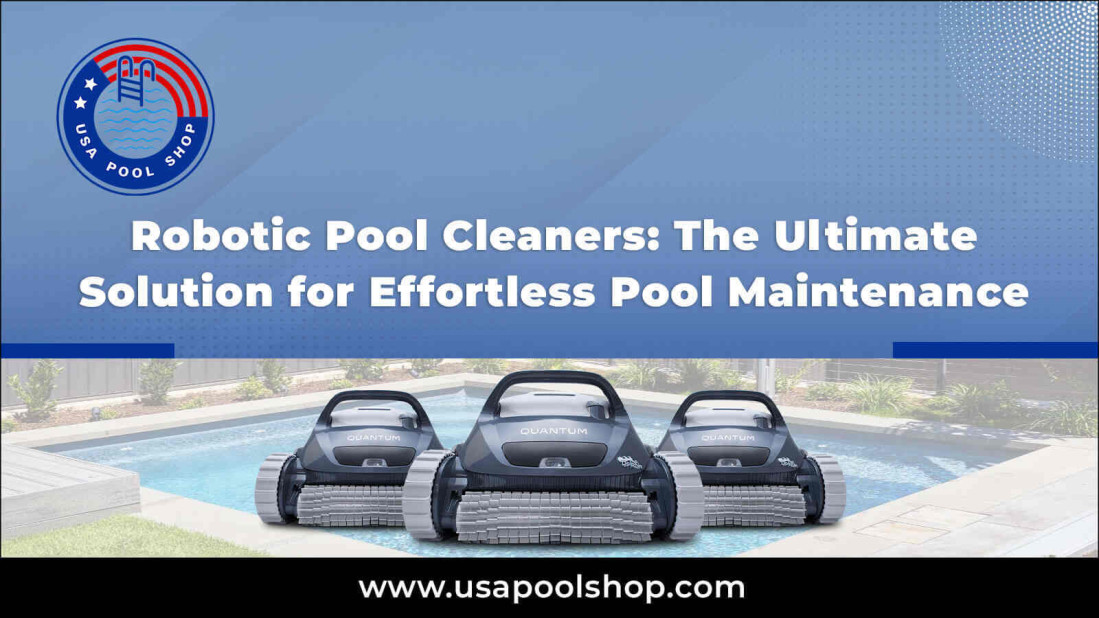
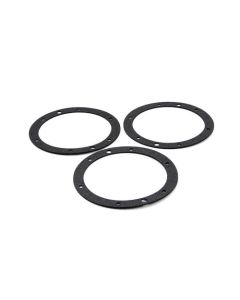
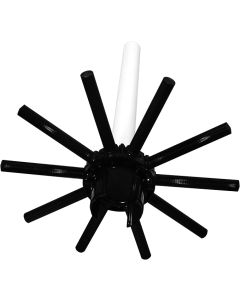
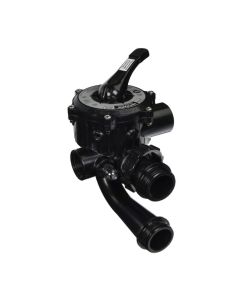
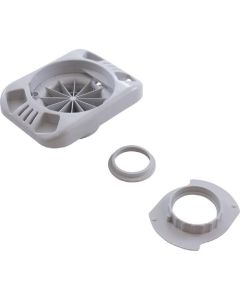
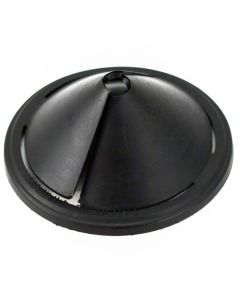


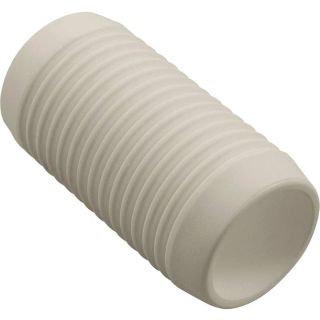
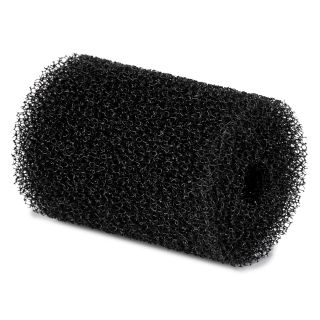
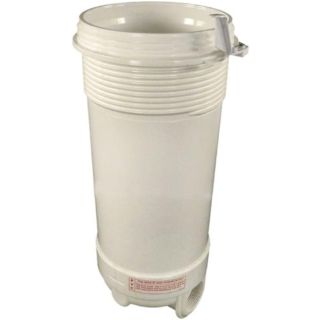
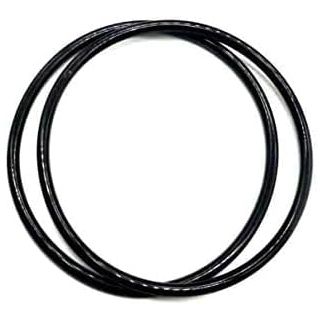

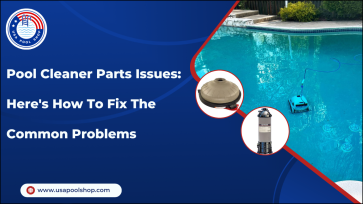
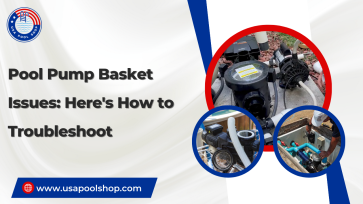


Validate your login